Editor’s note: Sign up for CNN’s Wonder Theory science newsletter. Explore the universe with news on fascinating discoveries, scientific advancements and more.
Sky-gazers across North America are in for a treat in 2024 when a total solar eclipse will pass over Mexico, the United States and Canada.
The highly anticipated celestial event doesn’t occur until April 8, but eclipse fans are already booking hotels within the path of totality, and experts suggest making plans now so as not to miss out.
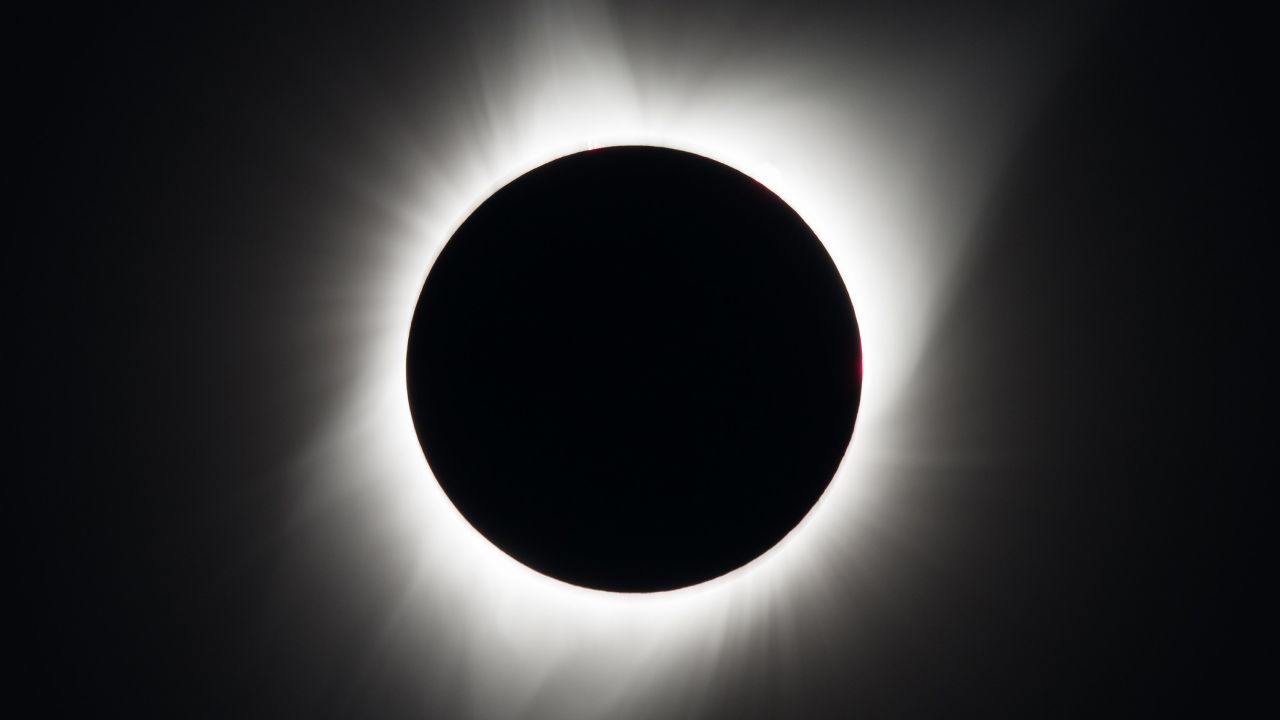
That’s likely because a total solar eclipse won’t be visible across the contiguous US again until August 2044. (It’s been nearly six years since the “Great American Eclipse” of 2017.)
Here’s everything you need to know about the upcoming eclipse.
What is a total solar eclipse?
A total solar eclipse occurs when the moon passes between Earth and the sun, completely blocking the sun’s face.
Those within the path of totality, or locations where the moon’s shadow will completely cover the sun, will see a total solar eclipse. People outside the path of totality will still be able to see a partial solar eclipse, where the moon only blocks part of the sun’s face.
During a total solar eclipse, the sky will darken as it would at dawn or dusk, and there are several stages of the eclipse that sky-gazers anticipate.
Since the moon doesn’t suddenly appear between Earth and the sun, the event begins with a partial eclipse that causes the sun to resemble a crescent. Depending on your location, the partial eclipse can last between 70 to 80 minutes, according to NASA.
When the moon begins to cross in front of the sun, the star’s rays will shine around valleys on the moon’s horizon, creating glowing drops of light around the moon in a phenomenon called Baily’s beads.
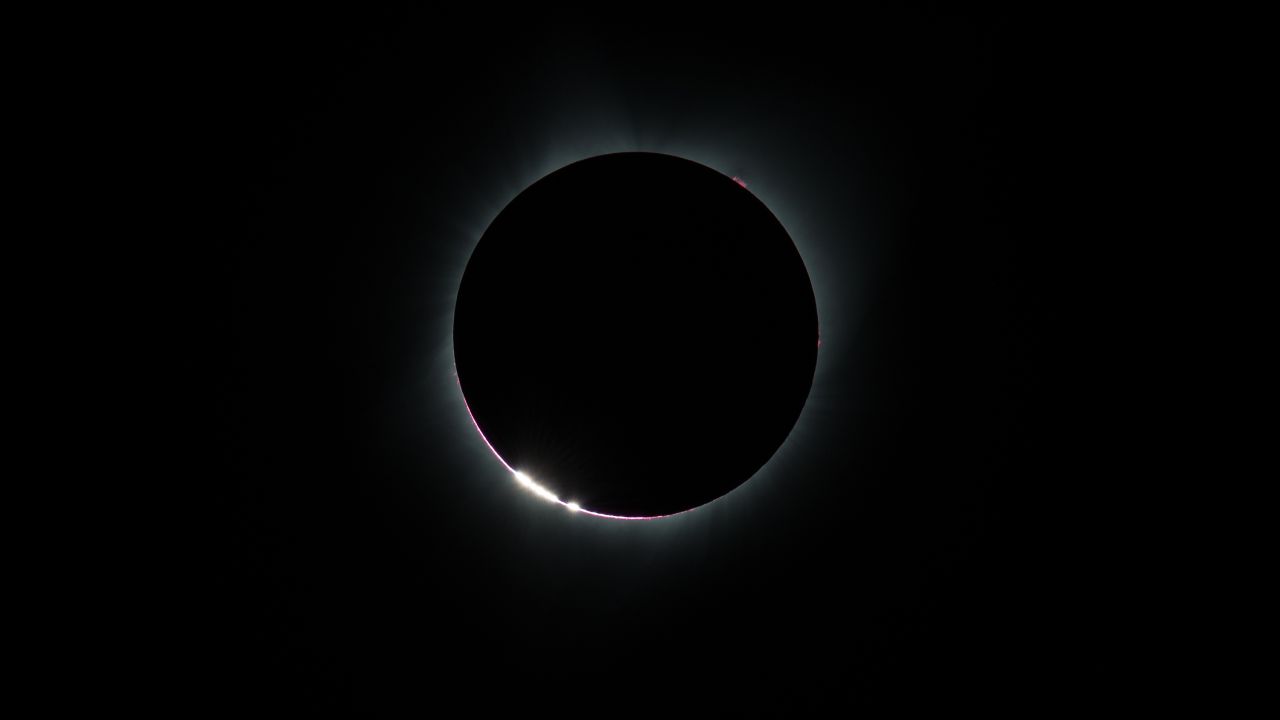
As totality nears, Baily’s beads will quickly disappear until a single point of light remains, resembling a glistening giant diamond ring.
The diamond ring will disappear when totality arrives, and there is no longer any sign of direct sunlight. Bright stars or planets may shine in the dark sky, and the air temperature will drop as the sun disappears. The sudden darkness causes animals to grow quiet.
The chromosphere, or part of the sun’s atmosphere, may glow in a thin pink circle around the moon during totality, while the sun’s hot outer atmosphere, or corona, will appear as white light.
As the moon continues its trek across the sun’s face, the diamond ring and Baily’s beads and the partial solar eclipse will appear on the opposite side of the moon until the sun fully reappears.
Where can I see the eclipse?
The total solar eclipse will be visible in parts of Mexico, Canada and more than 10 US states, while the partial solar eclipse is expected to appear in 49 states — weather permitting. Inclement weather is always the greatest obstacle to eclipse viewing.
The eclipse will first appear over the South Pacific Ocean and begin its journey across North America. Mexico’s Pacific coast is the first point of totality on the path, expected at 11:07 a.m. PT.
The pathway will continue across Texas, Oklahoma, Arkansas, Missouri, Illinois, Kentucky, Indiana, Ohio, Pennsylvania, New York, Vermont, New Hampshire and Maine. Then, it will cross over Canada in southern Ontario, Quebec, New Brunswick, Prince Edward Island and Nova Scotia, ending on the Atlantic coast of Newfoundland at 5:16 p.m. (3:46 p.m. ET).

When is the next solar eclipse?
An annular solar eclipse will cross North, Central and South America on October 14 and will be visible to millions in the Western Hemisphere.
This type of eclipse is similar to a total solar eclipse, except the moon is at the farthest point in its orbit from Earth, so it can’t completely block the sun. Instead, annular solar eclipses create a “ring of fire” in the sky as the sun’s fiery light surrounds the moon’s shadow.
The annular solar eclipse will take a different path, beginning in the US and passing from the Oregon coast to Texas’ Gulf Coast, appearing in Oregon, Nevada, Utah, New Mexico and Texas. The annular eclipse will also be visible in parts of California, Idaho, Colorado and Arizona.
After leaving the US, the eclipse will cross Mexico, Belize, Honduras, Panama and Colombia before ending off the Atlantic coast at Natal, Brazil.
How do I safely view the eclipse?
Eclipses have sparked awe, superstition and fear in humanity for centuries. Total solar eclipses offer rare, direct glimpses of the sun’s corona and other features typically hidden by our star’s overwhelming brightness.
It’s never safe to look directly at the sun without using specialized protection — except during totality when the sun’s light is completely blocked.
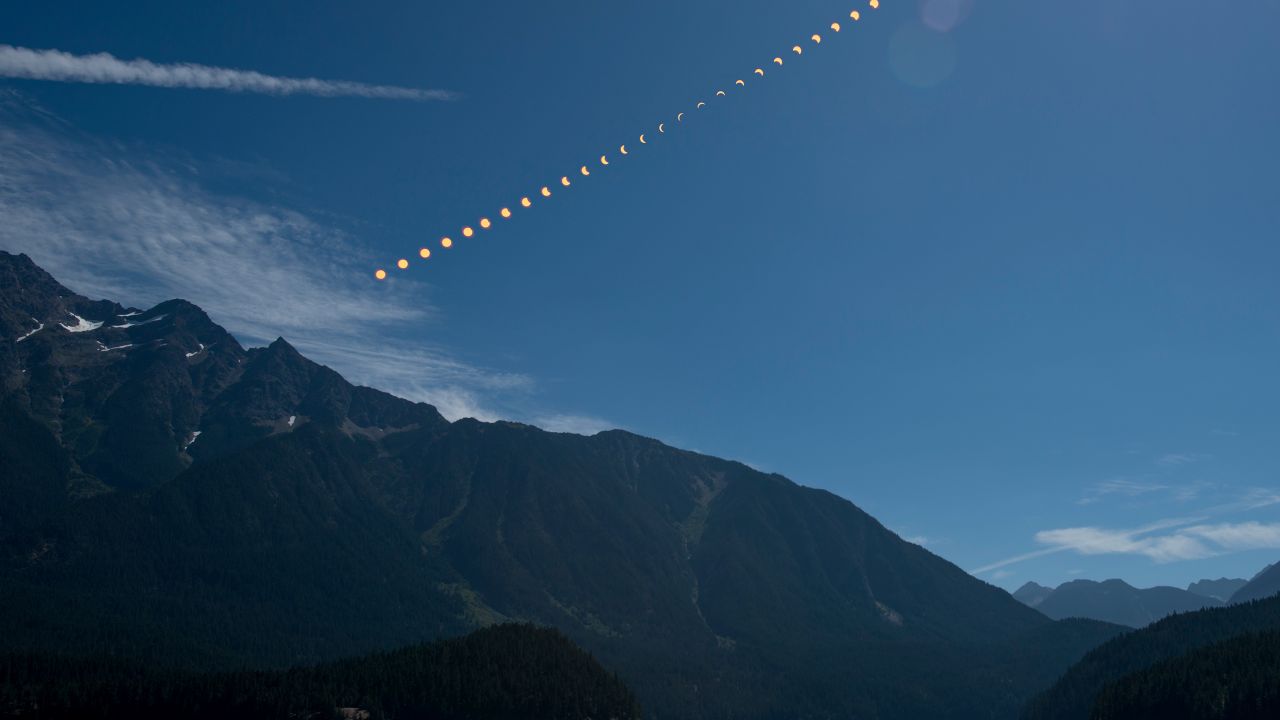
At any hint of reappearing sunlight, wear certified eclipse glasses or use a handheld solar viewer. Separately, you can observe the sun with a telescope, binoculars or camera that has a special solar filter on the front, which acts the same way eclipse glasses would.
Sunglasses won’t work in place of eclipse glasses or solar viewers, which are thousands of times darker and held to an international standard. Don’t use torn, scratched or damaged eclipse glasses or solar viewers.
Don’t look at the sun through any optical device — cameras lens, telescope, binoculars — while wearing eclipse glasses or using a handheld solar viewer, according to NASA. Solar rays can still burn through the filter on the glasses or viewer, given how concentrated they can be through an optical device, and can cause severe eye damage.
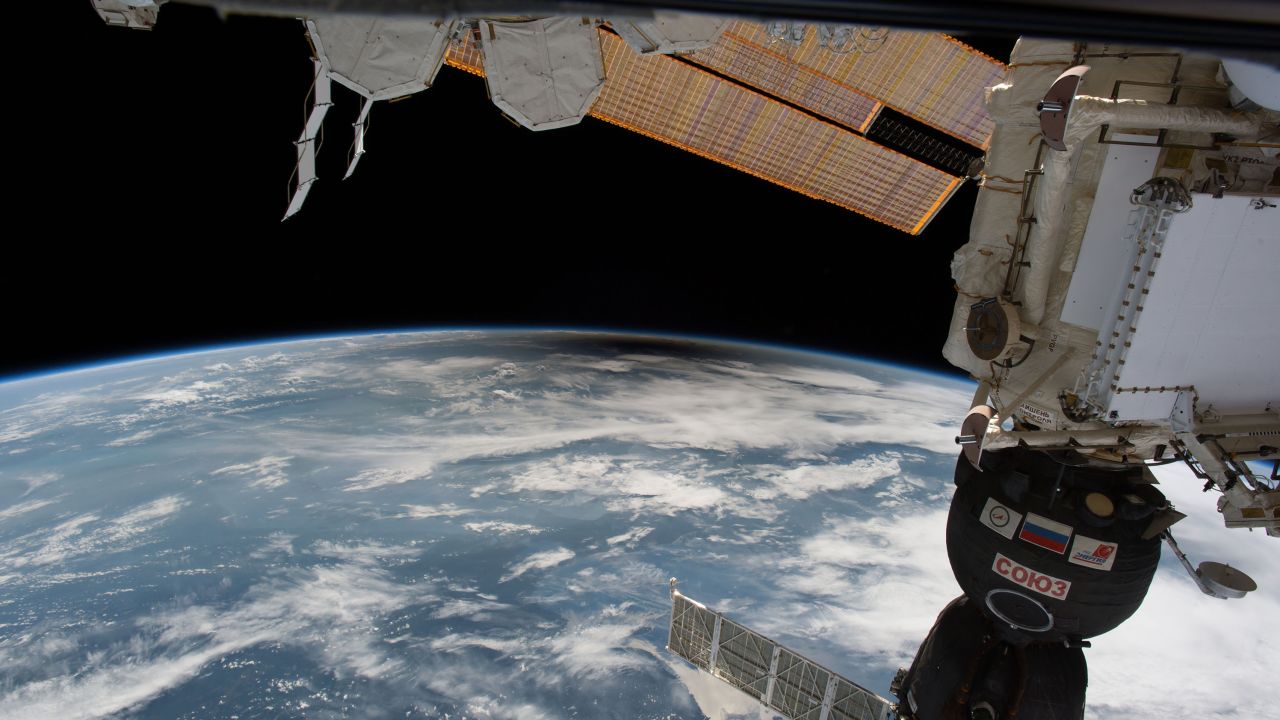
Eclipses can also be viewed indirectly using a pinhole projector, like a hole punched through an index card. These function by standing with your back to the sun and holding up the card. The pinhole projects an image of the sun on the ground or other surfaces. But never face the sun and look directly at it through the actual pinhole.
If you’re sitting outside for a while awaiting the eclipse, don’t forget to apply sunscreen and wear a hat to protect your skin.
What can we learn from eclipses
Eclipses afford scientists the opportunity to study the sun and how it interacts with Earth in unique ways, and NASA has selected several projects to fund during the 2024 total solar eclipse.
“Scientists have long used solar eclipses to make scientific discoveries,” said Kelly Korreck, program scientist at NASA, in a statement. “They have helped us make the first detection of helium, have given us evidence for the theory of general relativity, and allowed us to better understand the Sun’s influence on Earth’s upper atmosphere.”
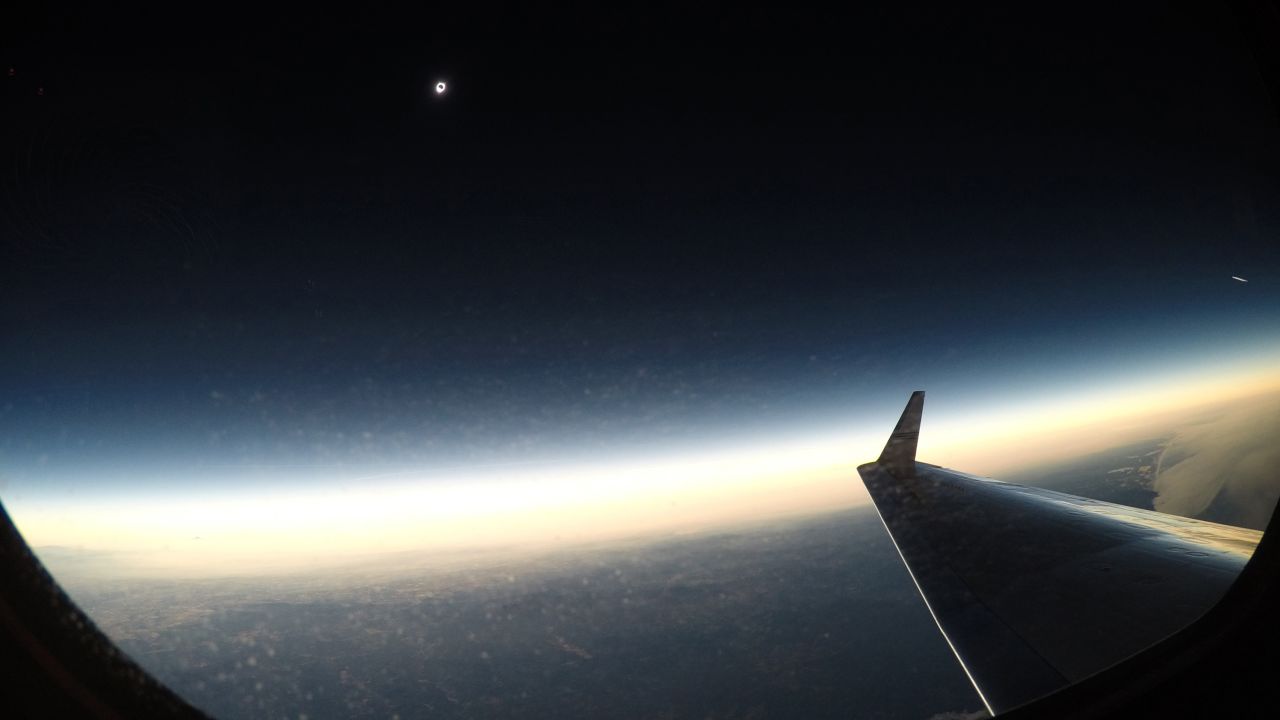
One project will rely on NASA’s high-altitude research planes to take images of the eclipse from 50,000 feet (15,240 meters) above Earth’s surface to capture previously unseen details in the sun’s corona. The images could also help scientists search for asteroids that orbit near the sun.
Amateur radio operators will try an experiment during both the annular and total solar eclipses to see how these phenomena change the way radio waves travel. Operators in different locations will record the strength of their signals and how far they travel. Scientists are interested in tracking this distance because the sun directly influences Earth’s upper atmosphere, or ionosphere, which allows radio communications to travel farther.
But when the moon blocks the sun, that can change.
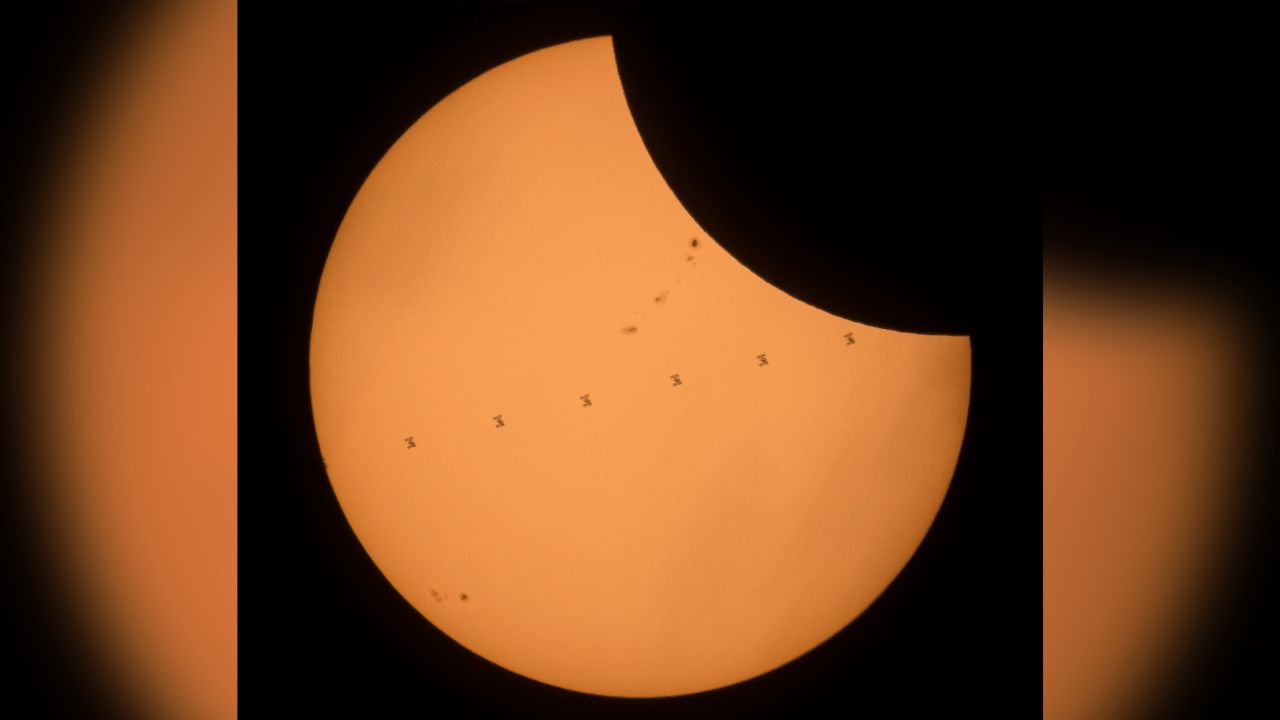
Scientists and citizen scientists alike are planning to observe the sun’s most active regions as the moon passes over them using the Goldstone Apple Valley Radio Telescope during both eclipses.
The sun is currently approaching solar maximum in July 2025, and scientists are eager to capture this peak of activity through a variety of observations that can only occur during eclipses.


